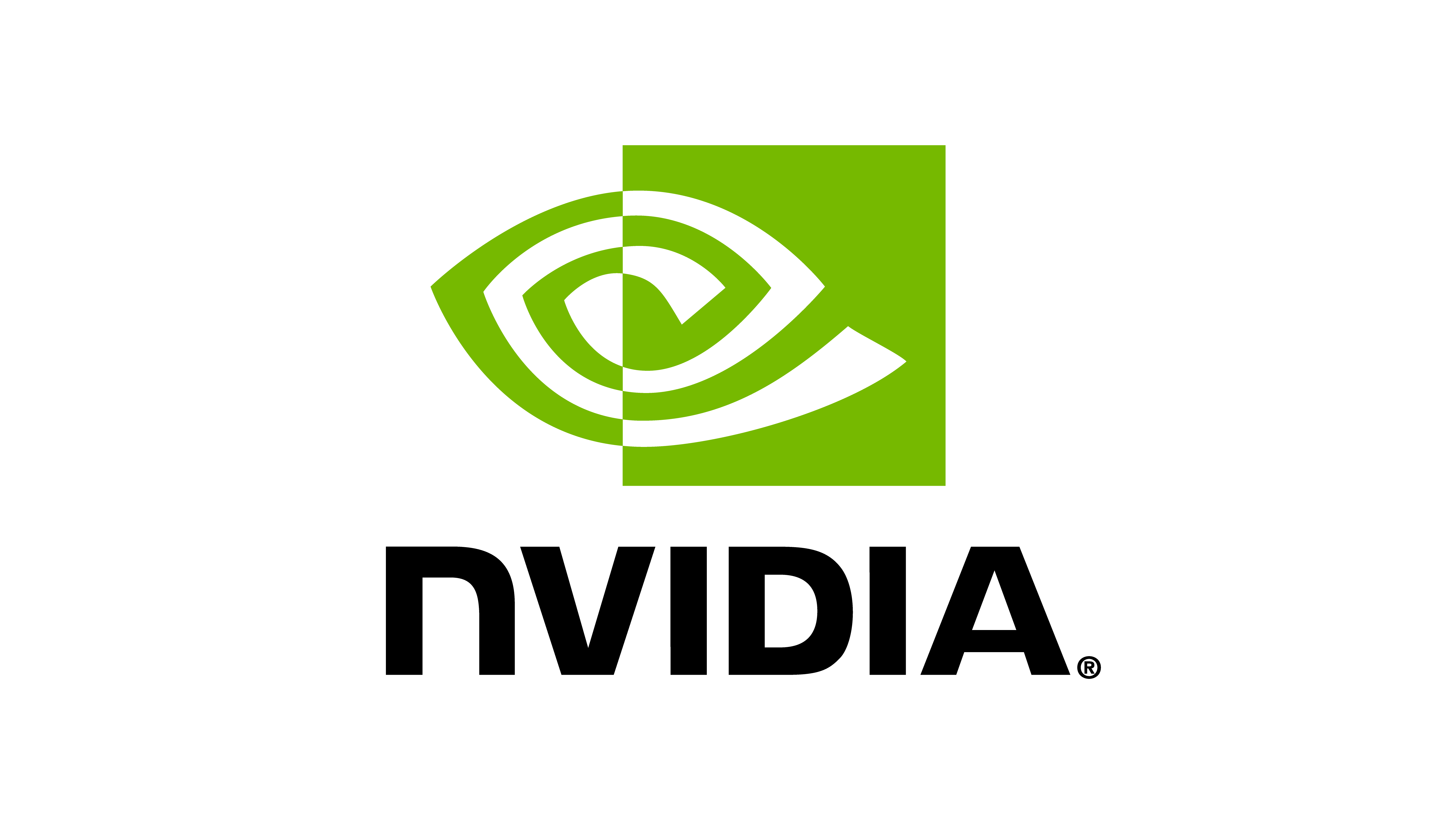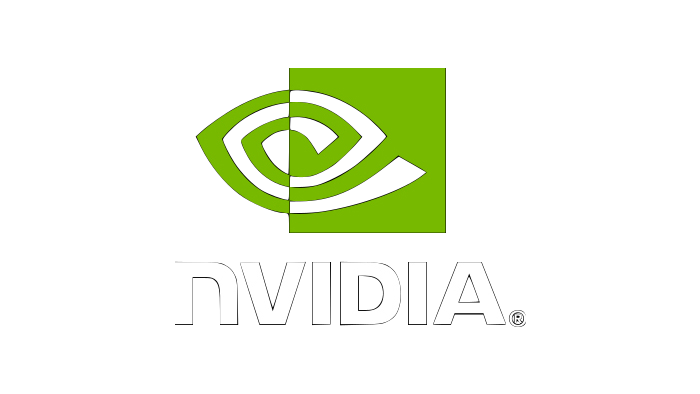保存渲染图像和3D重投影#
这个指南与 run_usd_camera.py 脚本一起使用,位于 IsaacLab/scripts/tutorials/04_sensors 目录中。
run_usd_camera.py的代码
1# Copyright (c) 2022-2025, The Isaac Lab Project Developers (https://github.com/isaac-sim/IsaacLab/blob/main/CONTRIBUTORS.md).
2# All rights reserved.
3#
4# SPDX-License-Identifier: BSD-3-Clause
5
6"""
7This script shows how to use the camera sensor from the Isaac Lab framework.
8
9The camera sensor is created and interfaced through the Omniverse Replicator API. However, instead of using
10the simulator or OpenGL convention for the camera, we use the robotics or ROS convention.
11
12.. code-block:: bash
13
14 # Usage with GUI
15 ./isaaclab.sh -p scripts/tutorials/04_sensors/run_usd_camera.py --enable_cameras
16
17 # Usage with headless
18 ./isaaclab.sh -p scripts/tutorials/04_sensors/run_usd_camera.py --headless --enable_cameras
19
20"""
21
22"""Launch Isaac Sim Simulator first."""
23
24import argparse
25
26from isaaclab.app import AppLauncher
27
28# add argparse arguments
29parser = argparse.ArgumentParser(description="This script demonstrates how to use the camera sensor.")
30parser.add_argument(
31 "--draw",
32 action="store_true",
33 default=False,
34 help="Draw the pointcloud from camera at index specified by ``--camera_id``.",
35)
36parser.add_argument(
37 "--save",
38 action="store_true",
39 default=False,
40 help="Save the data from camera at index specified by ``--camera_id``.",
41)
42parser.add_argument(
43 "--camera_id",
44 type=int,
45 choices={0, 1},
46 default=0,
47 help=(
48 "The camera ID to use for displaying points or saving the camera data. Default is 0."
49 " The viewport will always initialize with the perspective of camera 0."
50 ),
51)
52# append AppLauncher cli args
53AppLauncher.add_app_launcher_args(parser)
54# parse the arguments
55args_cli = parser.parse_args()
56
57# launch omniverse app
58app_launcher = AppLauncher(args_cli)
59simulation_app = app_launcher.app
60
61"""Rest everything follows."""
62
63import numpy as np
64import os
65import random
66import torch
67
68import isaacsim.core.utils.prims as prim_utils
69import omni.replicator.core as rep
70
71import isaaclab.sim as sim_utils
72from isaaclab.assets import RigidObject, RigidObjectCfg
73from isaaclab.markers import VisualizationMarkers
74from isaaclab.markers.config import RAY_CASTER_MARKER_CFG
75from isaaclab.sensors.camera import Camera, CameraCfg
76from isaaclab.sensors.camera.utils import create_pointcloud_from_depth
77from isaaclab.utils import convert_dict_to_backend
78
79
80def define_sensor() -> Camera:
81 """Defines the camera sensor to add to the scene."""
82 # Setup camera sensor
83 # In contrast to the ray-cast camera, we spawn the prim at these locations.
84 # This means the camera sensor will be attached to these prims.
85 prim_utils.create_prim("/World/Origin_00", "Xform")
86 prim_utils.create_prim("/World/Origin_01", "Xform")
87 camera_cfg = CameraCfg(
88 prim_path="/World/Origin_.*/CameraSensor",
89 update_period=0,
90 height=480,
91 width=640,
92 data_types=[
93 "rgb",
94 "distance_to_image_plane",
95 "normals",
96 "semantic_segmentation",
97 "instance_segmentation_fast",
98 "instance_id_segmentation_fast",
99 ],
100 colorize_semantic_segmentation=True,
101 colorize_instance_id_segmentation=True,
102 colorize_instance_segmentation=True,
103 spawn=sim_utils.PinholeCameraCfg(
104 focal_length=24.0, focus_distance=400.0, horizontal_aperture=20.955, clipping_range=(0.1, 1.0e5)
105 ),
106 )
107 # Create camera
108 camera = Camera(cfg=camera_cfg)
109
110 return camera
111
112
113def design_scene() -> dict:
114 """Design the scene."""
115 # Populate scene
116 # -- Ground-plane
117 cfg = sim_utils.GroundPlaneCfg()
118 cfg.func("/World/defaultGroundPlane", cfg)
119 # -- Lights
120 cfg = sim_utils.DistantLightCfg(intensity=3000.0, color=(0.75, 0.75, 0.75))
121 cfg.func("/World/Light", cfg)
122
123 # Create a dictionary for the scene entities
124 scene_entities = {}
125
126 # Xform to hold objects
127 prim_utils.create_prim("/World/Objects", "Xform")
128 # Random objects
129 for i in range(8):
130 # sample random position
131 position = np.random.rand(3) - np.asarray([0.05, 0.05, -1.0])
132 position *= np.asarray([1.5, 1.5, 0.5])
133 # sample random color
134 color = (random.random(), random.random(), random.random())
135 # choose random prim type
136 prim_type = random.choice(["Cube", "Cone", "Cylinder"])
137 common_properties = {
138 "rigid_props": sim_utils.RigidBodyPropertiesCfg(),
139 "mass_props": sim_utils.MassPropertiesCfg(mass=5.0),
140 "collision_props": sim_utils.CollisionPropertiesCfg(),
141 "visual_material": sim_utils.PreviewSurfaceCfg(diffuse_color=color, metallic=0.5),
142 "semantic_tags": [("class", prim_type)],
143 }
144 if prim_type == "Cube":
145 shape_cfg = sim_utils.CuboidCfg(size=(0.25, 0.25, 0.25), **common_properties)
146 elif prim_type == "Cone":
147 shape_cfg = sim_utils.ConeCfg(radius=0.1, height=0.25, **common_properties)
148 elif prim_type == "Cylinder":
149 shape_cfg = sim_utils.CylinderCfg(radius=0.25, height=0.25, **common_properties)
150 # Rigid Object
151 obj_cfg = RigidObjectCfg(
152 prim_path=f"/World/Objects/Obj_{i:02d}",
153 spawn=shape_cfg,
154 init_state=RigidObjectCfg.InitialStateCfg(pos=position),
155 )
156 scene_entities[f"rigid_object{i}"] = RigidObject(cfg=obj_cfg)
157
158 # Sensors
159 camera = define_sensor()
160
161 # return the scene information
162 scene_entities["camera"] = camera
163 return scene_entities
164
165
166def run_simulator(sim: sim_utils.SimulationContext, scene_entities: dict):
167 """Run the simulator."""
168 # extract entities for simplified notation
169 camera: Camera = scene_entities["camera"]
170
171 # Create replicator writer
172 output_dir = os.path.join(os.path.dirname(os.path.realpath(__file__)), "output", "camera")
173 rep_writer = rep.BasicWriter(
174 output_dir=output_dir,
175 frame_padding=0,
176 colorize_instance_id_segmentation=camera.cfg.colorize_instance_id_segmentation,
177 colorize_instance_segmentation=camera.cfg.colorize_instance_segmentation,
178 colorize_semantic_segmentation=camera.cfg.colorize_semantic_segmentation,
179 )
180
181 # Camera positions, targets, orientations
182 camera_positions = torch.tensor([[2.5, 2.5, 2.5], [-2.5, -2.5, 2.5]], device=sim.device)
183 camera_targets = torch.tensor([[0.0, 0.0, 0.0], [0.0, 0.0, 0.0]], device=sim.device)
184 # These orientations are in ROS-convention, and will position the cameras to view the origin
185 camera_orientations = torch.tensor( # noqa: F841
186 [[-0.1759, 0.3399, 0.8205, -0.4247], [-0.4247, 0.8205, -0.3399, 0.1759]], device=sim.device
187 )
188
189 # Set pose: There are two ways to set the pose of the camera.
190 # -- Option-1: Set pose using view
191 camera.set_world_poses_from_view(camera_positions, camera_targets)
192 # -- Option-2: Set pose using ROS
193 # camera.set_world_poses(camera_positions, camera_orientations, convention="ros")
194
195 # Index of the camera to use for visualization and saving
196 camera_index = args_cli.camera_id
197
198 # Create the markers for the --draw option outside of is_running() loop
199 if sim.has_gui() and args_cli.draw:
200 cfg = RAY_CASTER_MARKER_CFG.replace(prim_path="/Visuals/CameraPointCloud")
201 cfg.markers["hit"].radius = 0.002
202 pc_markers = VisualizationMarkers(cfg)
203
204 # Simulate physics
205 while simulation_app.is_running():
206 # Step simulation
207 sim.step()
208 # Update camera data
209 camera.update(dt=sim.get_physics_dt())
210
211 # Print camera info
212 print(camera)
213 if "rgb" in camera.data.output.keys():
214 print("Received shape of rgb image : ", camera.data.output["rgb"].shape)
215 if "distance_to_image_plane" in camera.data.output.keys():
216 print("Received shape of depth image : ", camera.data.output["distance_to_image_plane"].shape)
217 if "normals" in camera.data.output.keys():
218 print("Received shape of normals : ", camera.data.output["normals"].shape)
219 if "semantic_segmentation" in camera.data.output.keys():
220 print("Received shape of semantic segm. : ", camera.data.output["semantic_segmentation"].shape)
221 if "instance_segmentation_fast" in camera.data.output.keys():
222 print("Received shape of instance segm. : ", camera.data.output["instance_segmentation_fast"].shape)
223 if "instance_id_segmentation_fast" in camera.data.output.keys():
224 print("Received shape of instance id segm.: ", camera.data.output["instance_id_segmentation_fast"].shape)
225 print("-------------------------------")
226
227 # Extract camera data
228 if args_cli.save:
229 # Save images from camera at camera_index
230 # note: BasicWriter only supports saving data in numpy format, so we need to convert the data to numpy.
231 single_cam_data = convert_dict_to_backend(
232 {k: v[camera_index] for k, v in camera.data.output.items()}, backend="numpy"
233 )
234
235 # Extract the other information
236 single_cam_info = camera.data.info[camera_index]
237
238 # Pack data back into replicator format to save them using its writer
239 rep_output = {"annotators": {}}
240 for key, data, info in zip(single_cam_data.keys(), single_cam_data.values(), single_cam_info.values()):
241 if info is not None:
242 rep_output["annotators"][key] = {"render_product": {"data": data, **info}}
243 else:
244 rep_output["annotators"][key] = {"render_product": {"data": data}}
245 # Save images
246 # Note: We need to provide On-time data for Replicator to save the images.
247 rep_output["trigger_outputs"] = {"on_time": camera.frame[camera_index]}
248 rep_writer.write(rep_output)
249
250 # Draw pointcloud if there is a GUI and --draw has been passed
251 if sim.has_gui() and args_cli.draw and "distance_to_image_plane" in camera.data.output.keys():
252 # Derive pointcloud from camera at camera_index
253 pointcloud = create_pointcloud_from_depth(
254 intrinsic_matrix=camera.data.intrinsic_matrices[camera_index],
255 depth=camera.data.output["distance_to_image_plane"][camera_index],
256 position=camera.data.pos_w[camera_index],
257 orientation=camera.data.quat_w_ros[camera_index],
258 device=sim.device,
259 )
260
261 # In the first few steps, things are still being instanced and Camera.data
262 # can be empty. If we attempt to visualize an empty pointcloud it will crash
263 # the sim, so we check that the pointcloud is not empty.
264 if pointcloud.size()[0] > 0:
265 pc_markers.visualize(translations=pointcloud)
266
267
268def main():
269 """Main function."""
270 # Load simulation context
271 sim_cfg = sim_utils.SimulationCfg(device=args_cli.device)
272 sim = sim_utils.SimulationContext(sim_cfg)
273 # Set main camera
274 sim.set_camera_view([2.5, 2.5, 2.5], [0.0, 0.0, 0.0])
275 # Design scene
276 scene_entities = design_scene()
277 # Play simulator
278 sim.reset()
279 # Now we are ready!
280 print("[INFO]: Setup complete...")
281 # Run simulator
282 run_simulator(sim, scene_entities)
283
284
285if __name__ == "__main__":
286 # run the main function
287 main()
288 # close sim app
289 simulation_app.close()
使用复制器基本写入器进行保存#
为了保存摄像机输出,我们使用Omniverse Replicator中的基本写入类。该类允许我们以numpy格式保存图像。有关基本写入器的更多信息,请参阅 文档 。
rep_writer = rep.BasicWriter(
output_dir=output_dir,
frame_padding=0,
colorize_instance_id_segmentation=camera.cfg.colorize_instance_id_segmentation,
colorize_instance_segmentation=camera.cfg.colorize_instance_segmentation,
colorize_semantic_segmentation=camera.cfg.colorize_semantic_segmentation,
)
在仿真器运行时,图像可以保存到已定义的文件夹中。由于BasicWriter仅支持使用NumPy格式保存数据,因此我们首先需要将PyTorch传感器转换为NumPy数组,然后将其打包到字典中。
# Save images from camera at camera_index
# note: BasicWriter only supports saving data in numpy format, so we need to convert the data to numpy.
single_cam_data = convert_dict_to_backend(
{k: v[camera_index] for k, v in camera.data.output.items()}, backend="numpy"
)
# Extract the other information
single_cam_info = camera.data.info[camera_index]
完成此步骤后,我们可以使用BasicWriter保存图像。
# Pack data back into replicator format to save them using its writer
rep_output = {"annotators": {}}
for key, data, info in zip(single_cam_data.keys(), single_cam_data.values(), single_cam_info.values()):
if info is not None:
rep_output["annotators"][key] = {"render_product": {"data": data, **info}}
else:
rep_output["annotators"][key] = {"render_product": {"data": data}}
# Save images
# Note: We need to provide On-time data for Replicator to save the images.
rep_output["trigger_outputs"] = {"on_time": camera.frame[camera_index]}
rep_writer.write(rep_output)
投影到3D空间#
我们包含实用程序来将深度图像投影到3D空间。重新投影操作使用PyTorch操作来进行,这可以加快计算速度。
from isaaclab.utils.math import transform_points, unproject_depth
# Pointcloud in world frame
points_3d_cam = unproject_depth(
camera.data.output["distance_to_image_plane"], camera.data.intrinsic_matrices
)
points_3d_world = transform_points(points_3d_cam, camera.data.pos_w, camera.data.quat_w_ros)
或者,我们可以使用 isaaclab.sensors.camera.utils.create_pointcloud_from_depth() 函数从深度图像创建点云,并将其转换为世界框架。
# Derive pointcloud from camera at camera_index
pointcloud = create_pointcloud_from_depth(
intrinsic_matrix=camera.data.intrinsic_matrices[camera_index],
depth=camera.data.output["distance_to_image_plane"][camera_index],
position=camera.data.pos_w[camera_index],
orientation=camera.data.quat_w_ros[camera_index],
device=sim.device,
)
使用Isaac Sim中的 isaacsim.util.debug_draw 扩展,可以将结果点云可视化。这样可以轻松在3D空间中可视化点云。
# In the first few steps, things are still being instanced and Camera.data
# can be empty. If we attempt to visualize an empty pointcloud it will crash
# the sim, so we check that the pointcloud is not empty.
if pointcloud.size()[0] > 0:
pc_markers.visualize(translations=pointcloud)
执行脚本#
要运行附带的脚本,请执行以下命令:
# Usage with saving and drawing
./isaaclab.sh -p scripts/tutorials/04_sensors/run_usd_camera.py --save --draw --enable_cameras
# Usage with saving only in headless mode
./isaaclab.sh -p scripts/tutorials/04_sensors/run_usd_camera.py --save --headless --enable_cameras
仿真应该开始运行,你可以观察到不同的物体掉落。在 IsaacLab/scripts/tutorials/04_sensors 目录中会创建一个输出文件夹,其中将保存图像。此外,你应该看到绘制在视口上的3D空间中的点云。
要停止仿真,关闭窗口,或在终端中使用 Ctrl+C 。

